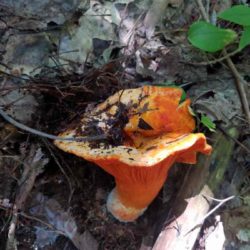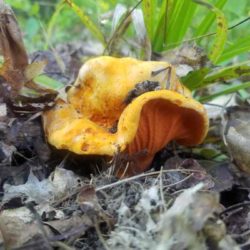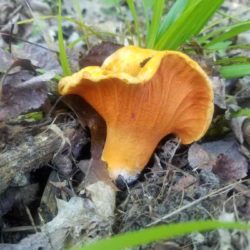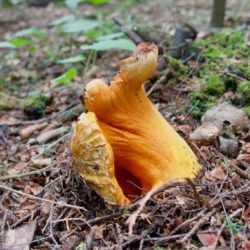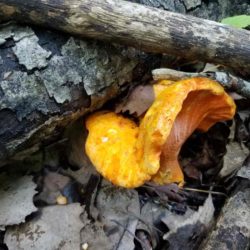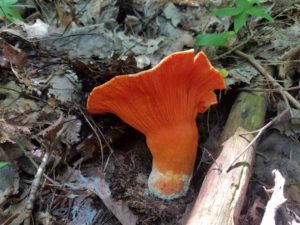
Lobster
Hypomyces Lactifluorum
AKA: No alternative names
Description:
Lobsters are big, gnarly and misshapen things. Usually reddish orange with occasional white. Grows on the ground and can often hide fairly well under leaves, pine needles, etc despite being bright colored. Best edibility when firm and solid. Avoid soft and mushy. They start turning a purplish color as they get too old as well.
Found in late summer and fall.
Coolness Factor:
Despite being labeled a mushroom, lobsters are actually a parasitic fungi that takes over its host mushroom, usually a russula or milk cap. This completely transforms it and yet also renders it absolutely delicious! A fungus preying on a fungus, how cool is that?!
Where Found:
Mixed hardwoods including conifers.
Tips:
Bring a brush! These guys are notoriously dirty and have plenty of nooks for stuff to hide in.
Cleaning
You are more likely to win the lottery or get struck by lightning than find a clean lobster out in the field! A brush and knife are key. Brush as much off as you can and use your blade to scrape off the rest. It is perfectly fine to scrape the outer layer off to remove the dirt or debris. They are very meaty mushrooms so you are not sacrificing much. Cut and discard any soft or mushy areas.
Cooking
Once clean, lobsters are fairly versatile in terms of preparation. Sauté, bake, boil, grill, fry, smoke… all fair game! They are very meaty and solid so they do very well on the grill, unlike many other mushrooms.
A forewarning to sautéing… they will turn everything in the pan a nice pretty orange color so don’t be surprised!
Preserving
Lobsters dehydrate, and subsequently rehydrate, very well so this is a common and preferred storage technique. Can also sauté and then freeze.
Look Alikes:
Nothing. Lobsters are in a world of their own!
